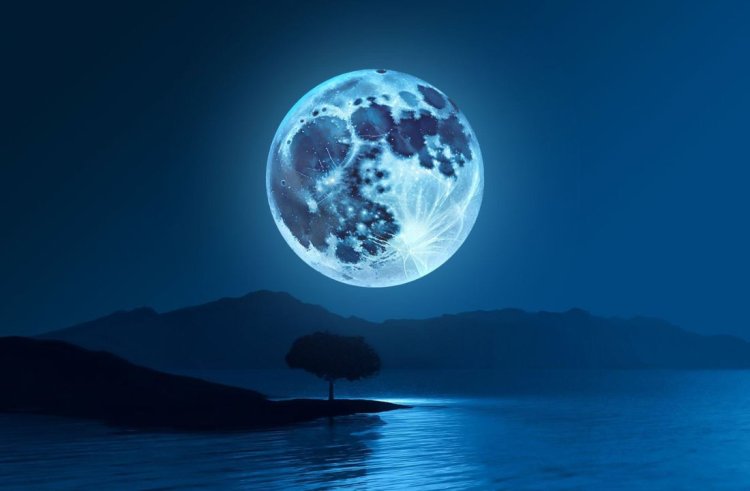When August 2023's Super Blue Moon will appear: Once-In-a-Lifetime
When August 2023's Super Blue Moon will appear: Once-In-a-Lifetime
Updated on August 01, 2023 15:39 PM by Andrew Koschiev
The night sky has always fascinated humanity, and among the most awe-inspiring celestial events are supermoons and blue moons. Stargazers and astronomy enthusiasts are in for a treat this August as two of the four supermoon events in 2023 will grace the heavens. First up is the sturgeon supermoon, followed by the rare blue supermoon at the end of the month. Let's explore these breathtaking lunar phenomena with FactsWOW and how you can catch this summer's lunar double feature.
The Sturgeon Supermoon: A Legendary Name

The sturgeon supermoon, slated to appear on Tuesday, derives its name from Native American tribes who noticed that the giant sturgeons from the Great Lakes were most readily caught during this time of the summer. Some other characters, including the grain moon, green corn moon, flying-up moon, black cherries moon, rising moon, and peak shadow moon, also know this lunar spectacle.
Add Block
The Sturgeon Moon's Magnificent Display
The sturgeon supermoon will reach its peak illumination at 2:32 p.m. ET. For those eager to witness this celestial marvel, look towards the southeast after sunset to glimpse the Sturgeon Moon rising majestically.
A Glimpse into the Sturgeon's World
For those unfamiliar with angling, a sturgeon is an enormous fish with roots dating back to the Jurassic Period. This unique creature lives in fresh and saltwater habitats and can live for up to 150 years. The white sturgeon is the biggest freshwater fish in North America. According to the U.S. Geological Survey research, it is usually 20 feet long and weighs approximately 2,000 pounds. However, the sturgeons found in the Great Lakes are commonly around 6 feet long and have about 200 pounds in weight.
Add Block
The Rare Blue Supermoon: A Celestial Rarity

A blue supermoon, the second act in this celestial double feature, is infrequent. While the term "supermoon" relates to the moon's orbit concerning Earth, a blue moon emerges when there are two full moons in a single calendar month. The phrase "once in a blue moon" is often used to describe a rare possibility, but according to NASA, blue moons occur every two and a half years or so.
Add Block
The Countdown to a Unique Lunar Event
The supermoon of 2023 will appear on Aug. 30 at 9:36 p.m. ET. You can use the lunar appearing calculator provided by Farmer's Almanac to determine when it will be visible in your area. Prepare for this exceptional occasion, as the end-of-August supermoon will be the most significant and brightest of 2023. The moon will be "exceptionally close" to Earth at 222,043 miles, nearly 17,000 miles closer than the average distance.
An Event to Cherish
The double feature of the sturgeon supermoon and the rare blue supermoon in August 2023 presents a unique opportunity to witness the splendor of the cosmos. As the Moon appears extra big and bright, mark your calendars and savor this celestial wonder. Whether you are an astronomy enthusiast or marvel at the beauty of the night sky, this lunar double feature promises to be a mesmerizing and unforgettable experience.
FAQ's
What is a sturgeon supermoon?
It is an unusual lunar event, and its name is derived from Native American tribes. They found that the giant sturgeons from the Great Lakes were most usually noticed during this summer.
When will the sturgeon supermoon peak?
The sturgeon supermoon will reach its peak illumination at 2:32 p.m. ET.
What makes the blue supermoon so rare?
The blue supermoon is a rare event because it refers to when there are two full moons in a single calendar month, occurring every two and a half years or so.
When will the blue supermoon occur in August 2023?
This will appear at 9:36 p.m. ET on Aug. 30.
Why is the end-of-August supermoon significant?
The end-of-August supermoon will be the biggest and brightest of 2023 as the moon will be "exceptionally close" to Earth at 222,043 miles, nearly 17,000 miles closer than the average distance.





